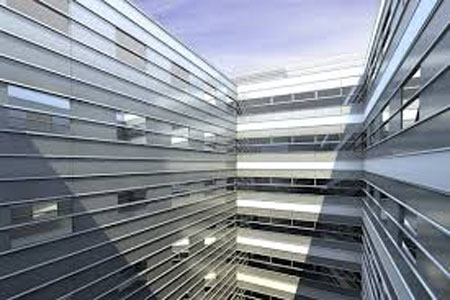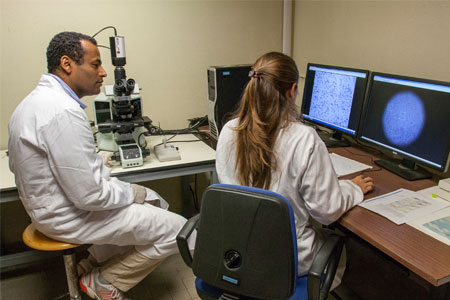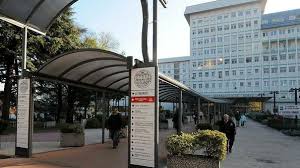The main objective of the research project is the realisation of a system for the segmentation, the automatic quantitative analysis, the 3D visualisation and the management of the data relating singular anatomic structures in digital medical imaging.
The basis of the project are the algorithms for the segmentation and the automatic quantitative analysis of the encephalon developed by the Unit of Research in Brain Imaging and Neuropsychology of the Department of Medicine and Public Health University of Verona and of the University of Udine, patented in May18, 2007.The research project aims to the application of the algorithms to all the main structures of human body.
The project is aimed to the realisation of a system able to segment, analyse and store the data through client server.
The project could be subdivided into phases correspondent to the realisation of specific algorithms. Each phase will be articulated in basic research, development, trial algorithms writing and testing, final algorithm implementation.
- The first phase objective consists in creating the algorithms for the storing, the management, the 3D visualisation and the coregistration of the MRI scans;
- the second phase objective consists on the application of the segmentation algorithms to the principal anatomical structures present in the head, that is to say: encephalon, arachnoid, upper respiratory system and cavities, aortic circulatory system, cranial circulatory system;
- the third phase objective consists in applying the segmentation algorithms to the main anatomical structures present in the thorax, that is to say: heart, windpipe and bronchial tree, lungs, blood vessels, mammary gland, oesophagus, mediastinum, diaphragm, skeletal system.
The algorithms developed in phase 2 and 3 will allow to make quantitative analysis on volumetric shape and integrity features of the described structures. Their union to the algorithms developed in phase 1 will allow also the study of the concentration of chemical elements and molecular composition in the analysed structures. Where possible ,also the local values of blood diffusion and perfusion will be evaluated.
Beside this ,the described algorithm will allow to represent graphically in 3D the different anatomical structures and the results of the quantitative analysis.
The conclusion of the project foresee the realisation of a system of analysis, storing and management of data working in a totally automatic way via client server.







